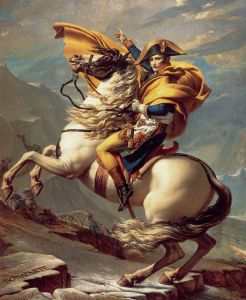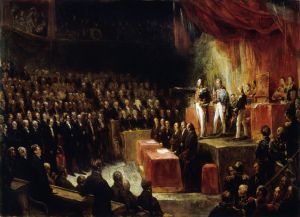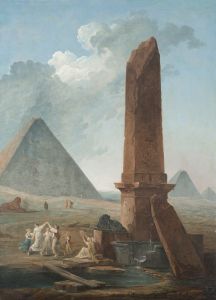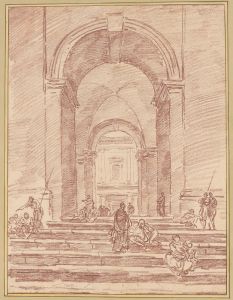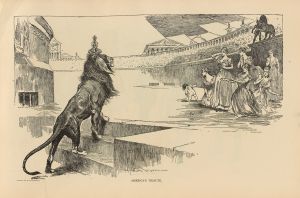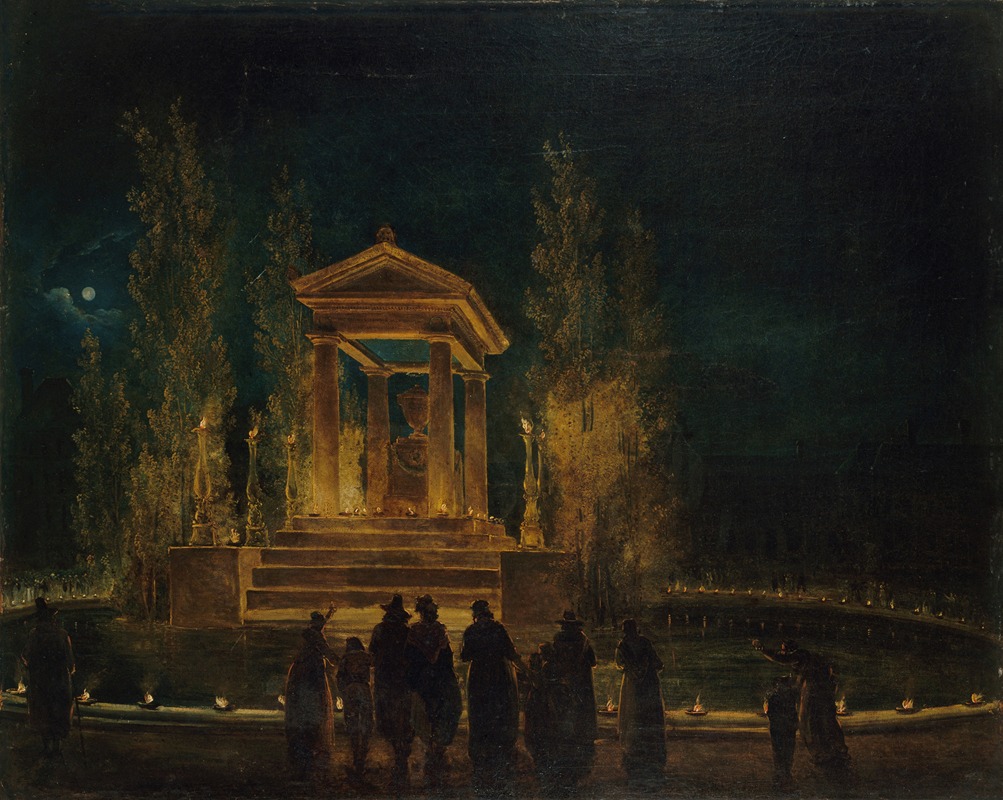
Le Mausolée provisoire de Jean-Jacques Rousseau, sur le bassin des Tuileries, avant la translation de ses cendres au Panthéon. Nuit du 10 au 11 octobre 1794
A hand-painted replica of Hubert Robert’s masterpiece Le Mausolée provisoire de Jean-Jacques Rousseau, sur le bassin des Tuileries, avant la translation de ses cendres au Panthéon. Nuit du 10 au 11 octobre 1794, meticulously crafted by professional artists to capture the true essence of the original. Each piece is created with museum-quality canvas and rare mineral pigments, carefully painted by experienced artists with delicate brushstrokes and rich, layered colors to perfectly recreate the texture of the original artwork. Unlike machine-printed reproductions, this hand-painted version brings the painting to life, infused with the artist’s emotions and skill in every stroke. Whether for personal collection or home decoration, it instantly elevates the artistic atmosphere of any space.
"Le Mausolée provisoire de Jean-Jacques Rousseau, sur le bassin des Tuileries, avant la translation de ses cendres au Panthéon. Nuit du 10 au 11 octobre 1794" is a painting by the French artist Hubert Robert. This artwork captures a significant historical moment related to the philosopher Jean-Jacques Rousseau, whose remains were temporarily housed in a mausoleum at the Tuileries Gardens in Paris before being transferred to the Panthéon.
Hubert Robert, known for his landscape and architectural paintings, was an influential figure in 18th-century French art. His works often depicted ruins and grand architectural scenes, imbued with a sense of romanticism and historical reflection. In this particular painting, Robert focuses on the temporary mausoleum constructed for Rousseau, highlighting the reverence and respect afforded to the philosopher during the French Revolution.
Jean-Jacques Rousseau was a prominent philosopher, writer, and composer whose ideas influenced the Enlightenment across Europe and aspects of the French Revolution. His works, such as "The Social Contract" and "Emile, or On Education," challenged the established norms of society and governance, advocating for individual freedom and equality. Rousseau's philosophies were instrumental in shaping modern political and educational thought.
The painting depicts the night of October 10 to 11, 1794, when Rousseau's remains were prepared for their transfer to the Panthéon, a mausoleum in Paris that houses the remains of distinguished French citizens. This transfer was part of a broader revolutionary effort to honor intellectuals and leaders who had contributed to the ideals of the Republic. The Panthéon, originally built as a church, was repurposed during the Revolution to serve as a temple to the great men of France.
In Robert's painting, the mausoleum is set against the backdrop of the Tuileries Gardens, a significant location in Parisian history. The gardens, situated near the Louvre, were a central site during the Revolution, witnessing numerous events and gatherings. The painting captures the solemnity and grandeur of the occasion, with the mausoleum illuminated against the night sky, reflecting in the waters of the Tuileries basin.
The artwork is characterized by Robert's typical attention to detail and use of light and shadow, which create a dramatic and contemplative atmosphere. The composition draws the viewer's eye to the mausoleum, emphasizing its importance and the reverence with which Rousseau was regarded. The use of light in the painting not only highlights the architectural features of the mausoleum but also symbolizes the enlightenment and enduring legacy of Rousseau's ideas.
"Le Mausolée provisoire de Jean-Jacques Rousseau" is a testament to the cultural and historical significance of Rousseau and the revolutionary period in France. It reflects the deep respect for intellectual contributions and the desire to commemorate those who shaped the nation's ideals. Hubert Robert's painting remains an important historical document, capturing a moment of transition and homage in the heart of revolutionary Paris.





